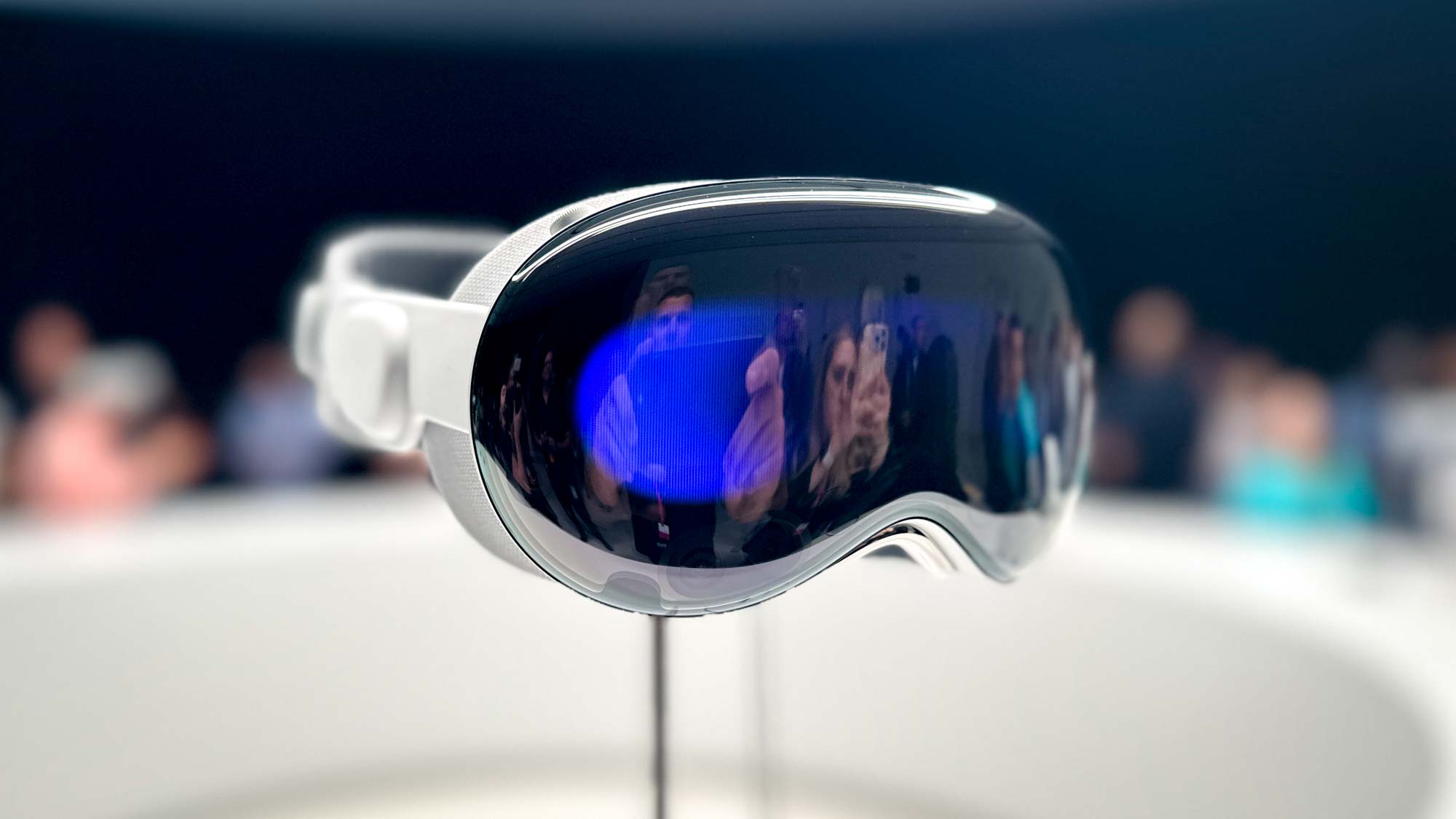Tom’s Guide Awards 2021: The best breakthroughs, brands and products of the year
Recognizing the best of the best in 2021

To cap off the Tom’s Guide Awards for 2021, we bring you our first annual Hero awards, which recognize the very best innovations, brands and products of the year. We’re also celebrating those companies that are going the extra mile with diversity at a time when it’s more important than ever that everyone has access to the latest technological advances and more opportunities to learn and thrive.
From a chip that is changing the world of computing and a console so hot that it feels like you win the lottery when you snag one, to a fierce chipmaker that is changing the game (literally and figuratively), here are the Hero award winners for this year.
Breakthrough Award: Apple M1 chip
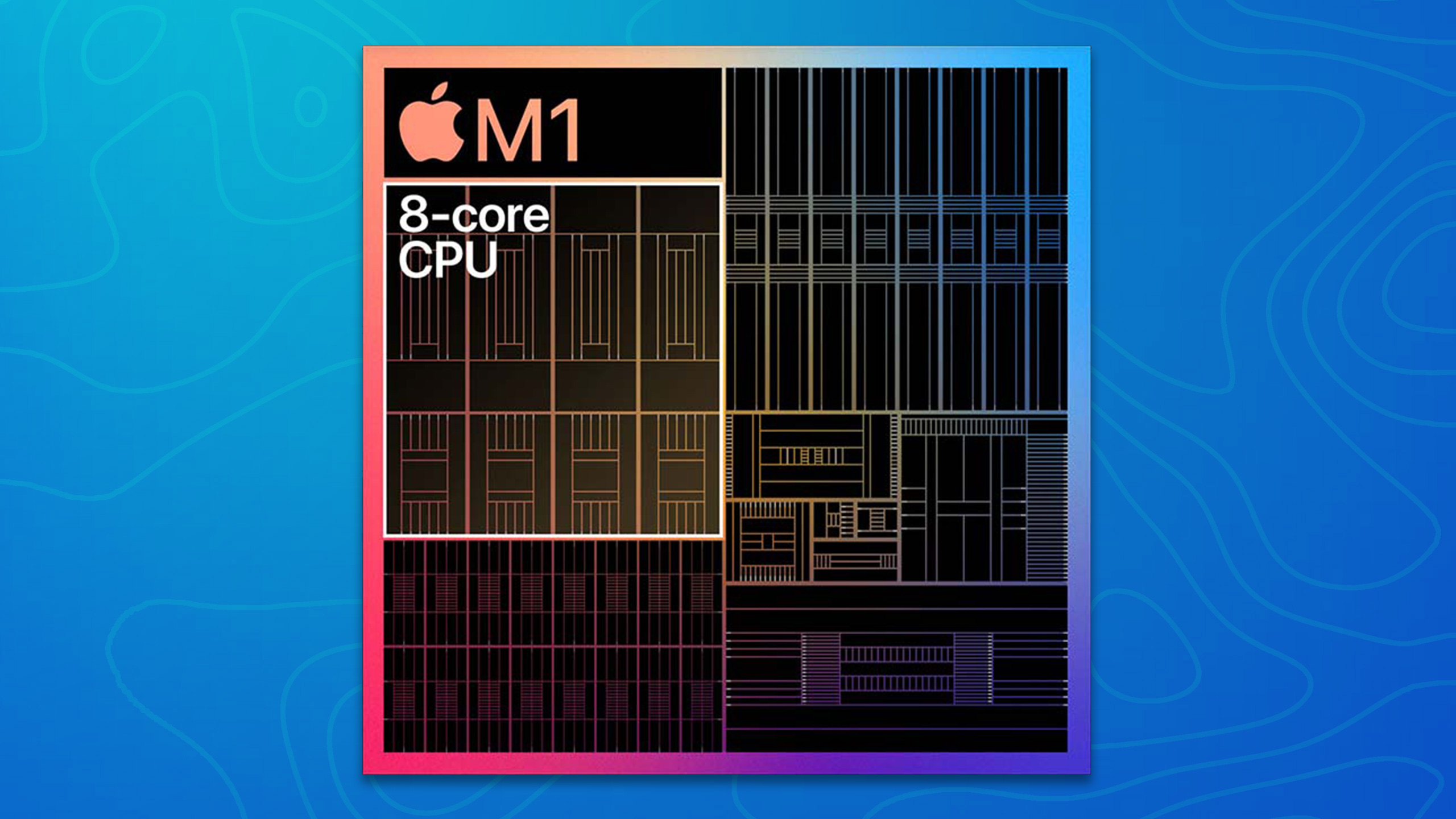
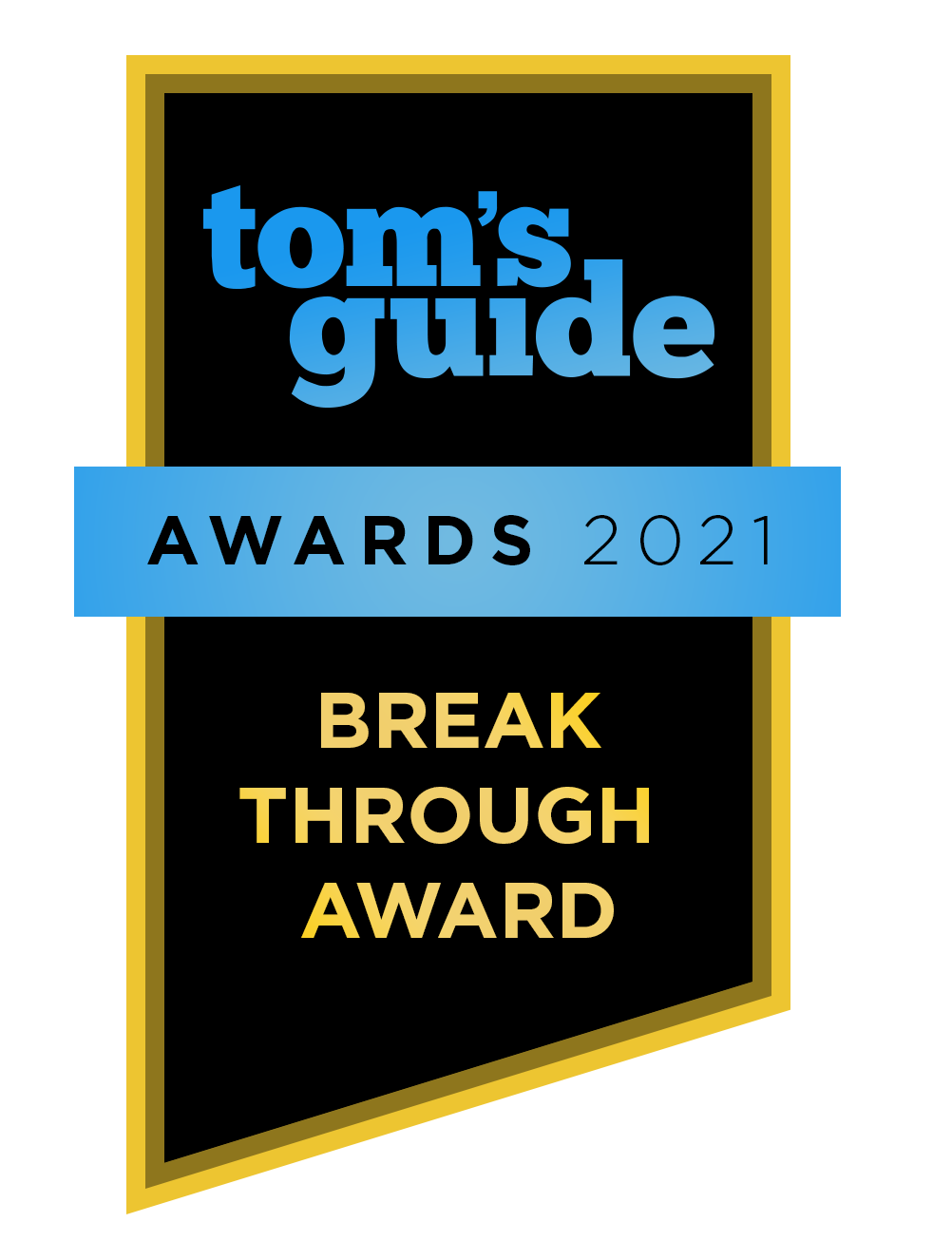
The Apple M1 chip is the kind of breakthrough that redefines what a computer can do. And this piece of Apple Silicon — which delivers stellar performance along with record-breaking battery life — was years in the making.
After creating the A Series for the iPhone and scaling it up for the iPad, Apple’s team of engineers set its sights on the Mac, but the M1 chip couldn’t just match what Intel had to offer. It had to handily beat it.
“If somebody else could build a chip that was actually going to deliver better performance inside that enclosure, what's the point? Why would we switch?,” said Tim Milet, vice president of platform architecture at Apple. “And so for my chip architects, that was the target.”
But to get the M1 to truly sing, Apple couldn’t merely take an A Series Bionic chip from an iPhone and stuff it inside a Mac. It required a dramatic increase in performance while delivering class-leading endurance, as well as an intense collaboration between the engineers and Apple’s software team.
“When we saw that first system and the battery didn't move, we thought ‘Oh man, that's a bug, the battery indicator is broken.’”
— Bob Borchers, VP of marketing, Apple
The M1 chip, which powers the MacBook Pro M1, MacBook Air M1, Mac mini, iPad Pro 2021 and the new iMac 24-inch, is a 5-nanometer chip that packs in 16 billion transistors and offers the best performance per watt we’ve ever seen.
Get instant access to breaking news, the hottest reviews, great deals and helpful tips.
The most striking thing about the M1 is its battery life. For example, the MacBook Pro lasted an astounding 16 hours and 25 minutes in our web-surfing test. The previous Intel model lasted 10:21. That’s a huge difference, and this increase caused more than one double take within Apple.
“When we saw that first system and then you sat there and played with it for a few hours and the battery didn't move, we thought ‘Oh man, that's a bug, the battery indicator is broken,’” said Bob Borchers, VP of worldwide product marketing for Apple. “And then Tim's laughing in the background, ‘Nope, that's the way it's supposed to be’ and it was pretty phenomenal.”
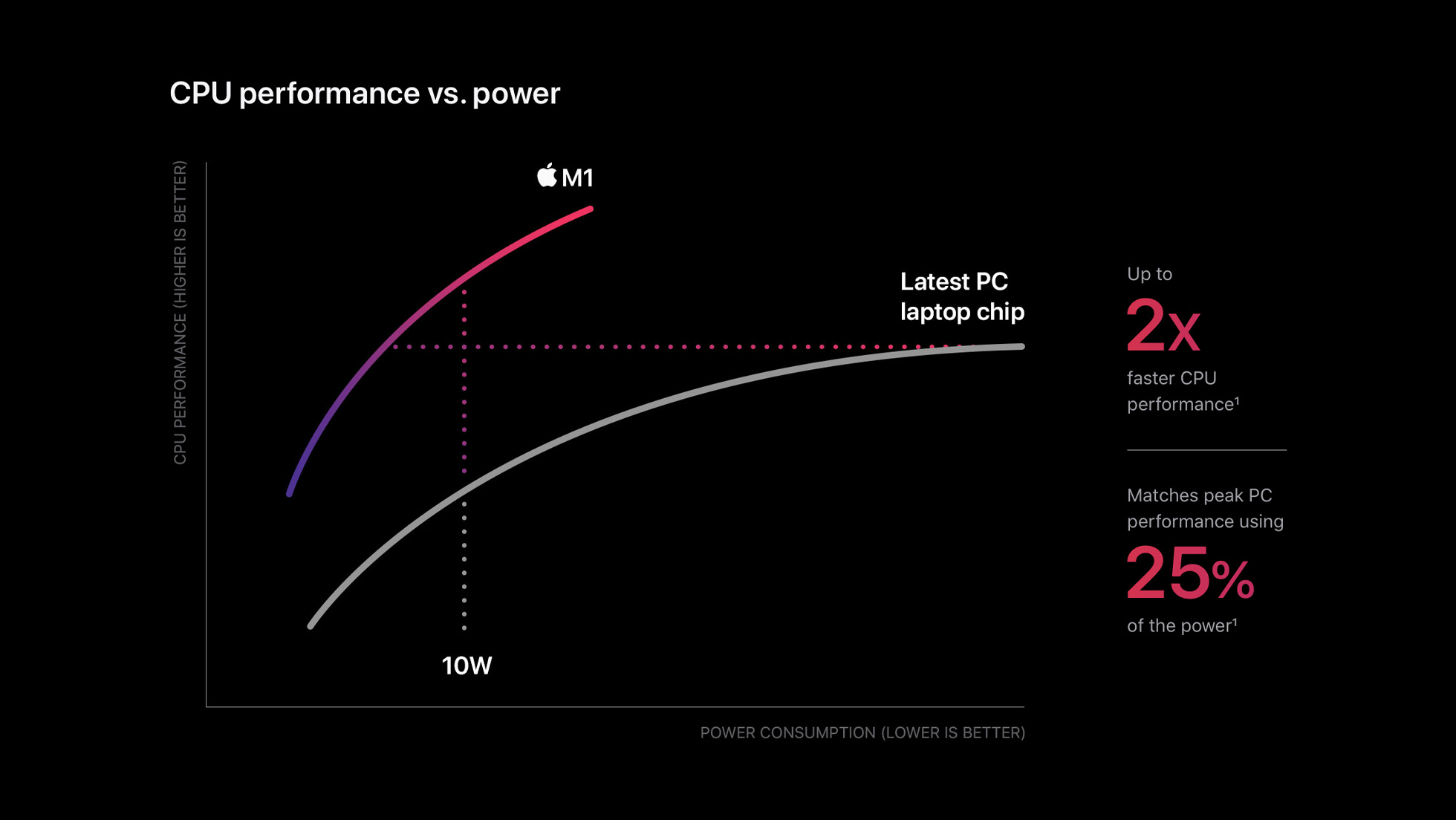
Meanwhile, the M1 also blows away most Windows laptops on performance, both in so-called Universal apps that take full advantage of Apple Silicon and older programs that run on Apple’s Rosetta 2 software to make them compatible. That was a key ingredient to making Apple Silicon viable on Macs.
“We started a small project years before we started transitioning to Silicon to try to make sure that we could actually deliver the second generation of Rosetta in a way that allowed us to do this seamlessly,” said Milet. “And we believe that was a huge part of the transition story…everything worked out of the box as expected.”
As rumors swirl around a future M1X chip for the MacBook Pro 2021 and a possible M2 chip for the 2022 MacBook Air, Apple sees big things ahead for Apple Silicon, both in terms of achieving new designs and perhaps appealing to the most demanding audience of all — gamers. After all, many of the engineers building Apple’s chips are gamers themselves.
“Of course, you can imagine the pride of some of the GPU folks and imagining, ‘Hey, wouldn't it be great if it hits a broader set of those really intense gamers,’” said Milet. “It's a natural place for us to be looking, to be working closely with our Metal team and our Developer team. We love the challenge.”
Finalist: Starlink
Elon Musk’s Starlink leverages a network of over 1,800 low-Earth-orbit satellites to deliver internet to those in places that generally can’t access reliable broadband or 5G. For $99 per month, you get very good speeds ranging up to 200 Mbps via the included dish, which is fairly easy to install. That’s good enough for streaming Netflix, Zoom calls and more.
SpaceX’s CEO says Starlink is currently operating in 11 countries above certain latitudes, and that it plans to provide global coverage as soon as September.
— Mark Spoonauer
Diversity in Tech Award: Samsung Solve for Tomorrow
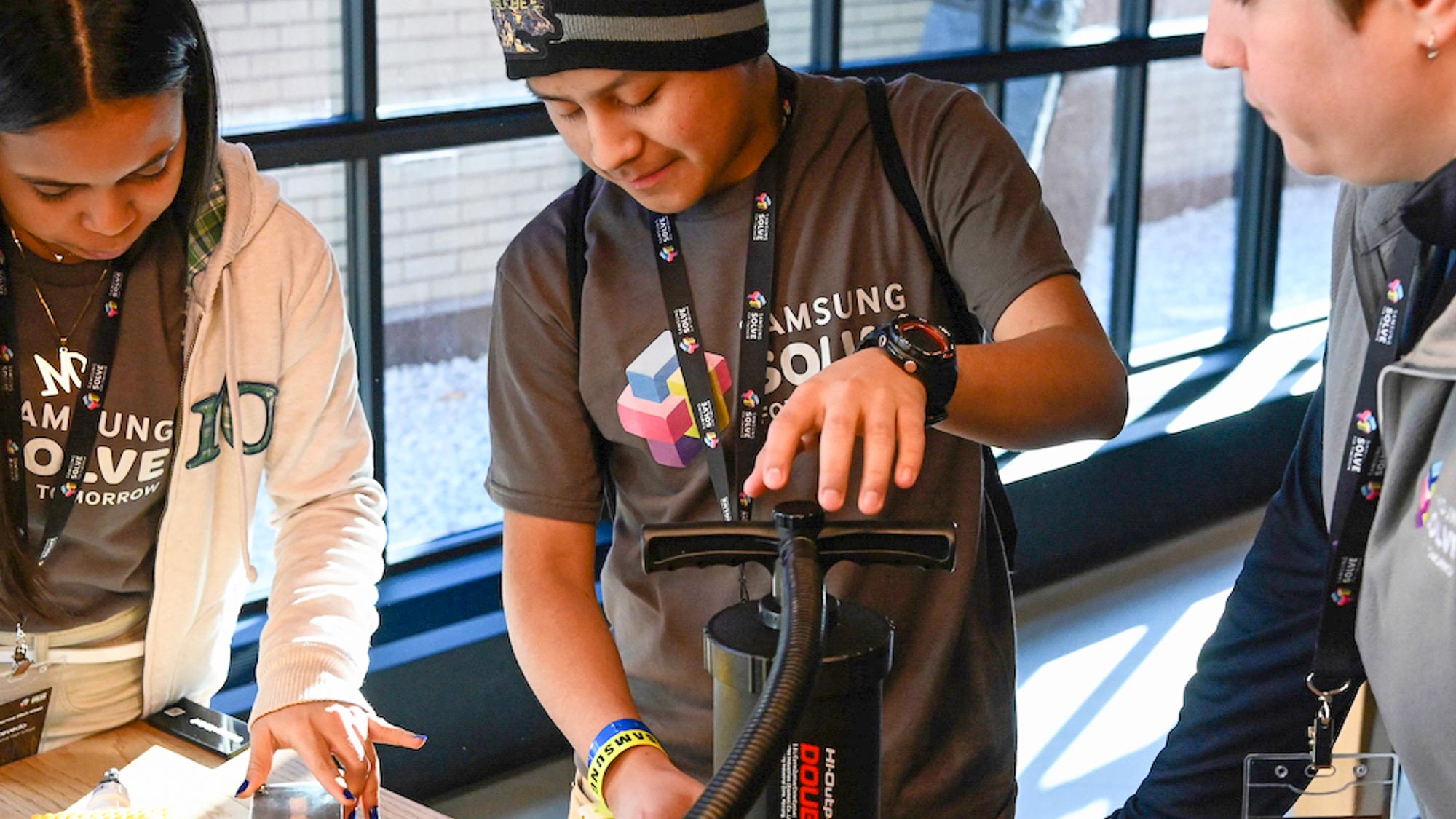
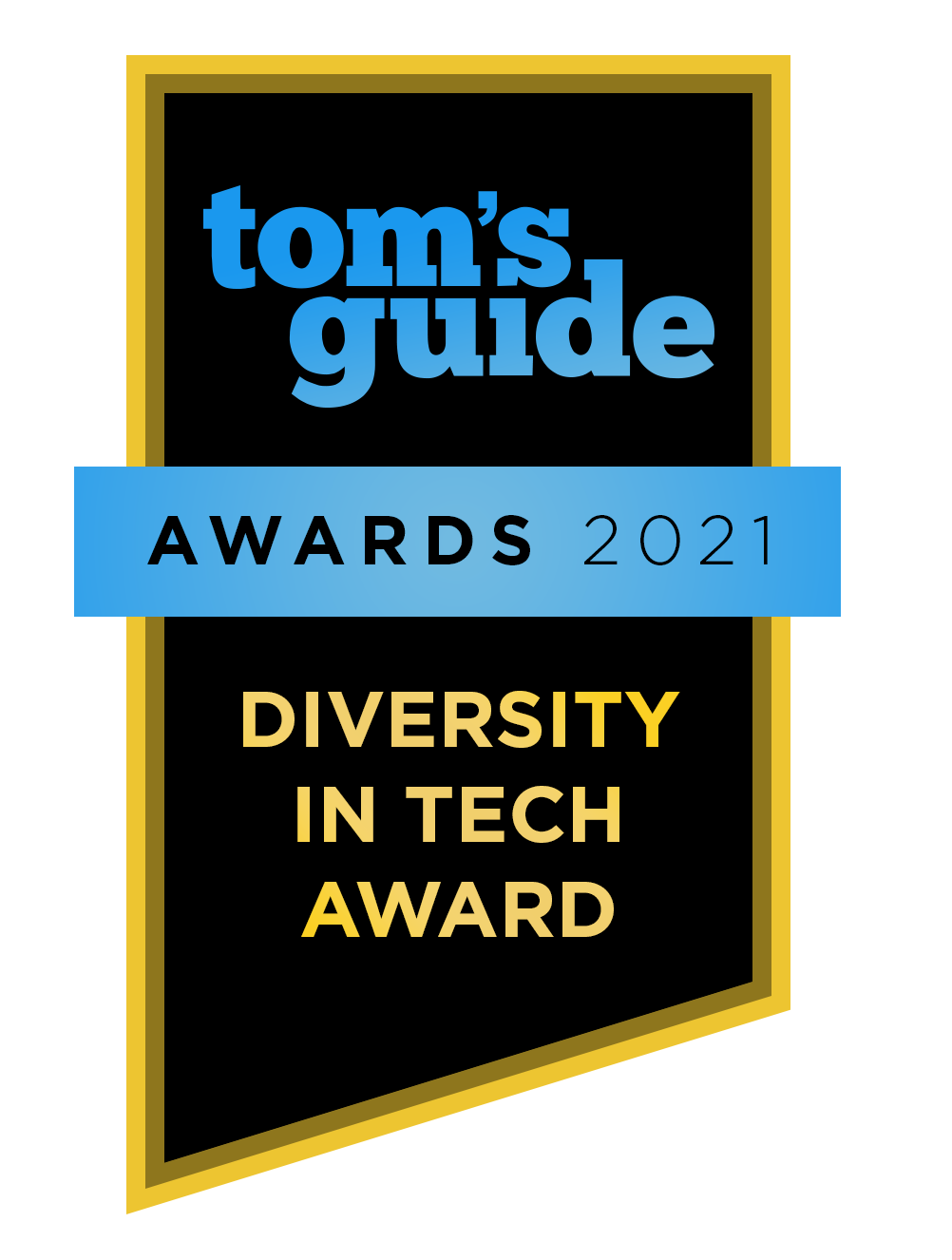
Samsung’s Solve for Tomorrow contest is designed to encourage students to solve real-world problems through STEM, and this year the winners tackled subjects that mirror the challenging times.
Northwest Pennsylvania Collegiate Academy in Erie, Pennsylvania took a top prize in the contest for developing a “We’ve Got Your Back” app following the death of George Floyd. The app allows users to record their interactions with authorities, ostensibly turning their phones into body cameras and dash cams.
Another winning school, Porter High School in Texas, addressed isolation and depression in senior citizens. The students created an app and a website, Gen-Bridge, which connects seniors to student volunteers through video chat, and raised funds to purchase tablets for their senior care facility with the app pre-loaded.
For Ann Woo, senior director of corporate citizenship at Samsung Electronics America, it’s not just about getting kids interested in STEM, it’s about applying critical thinking to improve communities.
“Solve for Tomorrow allows students to look up from their textbooks and really think about what’s going on in the world around them and respond to issues and look for ways for to apply STEM towards that,” said Woo.
Diversity and outreach to those in need has been a big theme for Solve for Tomorrow, which is now in its eleventh year and takes place in more than 20 countries around the world. The momentum doesn’t end when the contest winners are announced.
“One school in Michigan was working on using artificial intelligence to help autistic kids learn facial cues, and they’ve been working with Autism Speaks and other local companies to really bring that to market now,” said Woo.

Solve for Tomorrow isn’t just about helping the communities that surround participating schools and rewarding those schools for their efforts. It’s also about establishing a more diverse pool of talent for solving the big problems the world faces.
“We’ve seen more girls in the teams that compete in the program, both in the design and the actual execution of the project," said Woo. "So not only are they more present, they’re more engaged in the actual STEM idea.”
This diversity push also extends to Samsung’s outreach to rural communities, which speaks to a spirit of inclusion that permeates the program. Going forward, Solve for Tomorrow’s focus will continue to be about empowering a new generation with the critical thinking skills required to meet the challenges that face us all.
Finalist: HP PATH
HP recently announced the launch of HP PATH (Partnership and Technology for Humanity), an accelerator program that will invest in local initiatives and partnerships to address challenges in underserved communities around the world. The goal is to accelerate digital equity for 150 million people by 2030, focusing on women and girls, those with disabilities, communities of color and educators.
Finalist: Apple Human Interface Guidelines
Apple’s active install base of iPhone users is now more than 1 billion, and it’s taking that responsibility seriously, creating updated Human Interface Guidelines for use by its developers. The guidelines focus on inclusive language as well as design. For example, a fitness app could feature exercise moves demonstrated by people with different racial backgrounds, body types, ages, and physical capabilities. — Mark Spoonauer
Best Brand: AMD
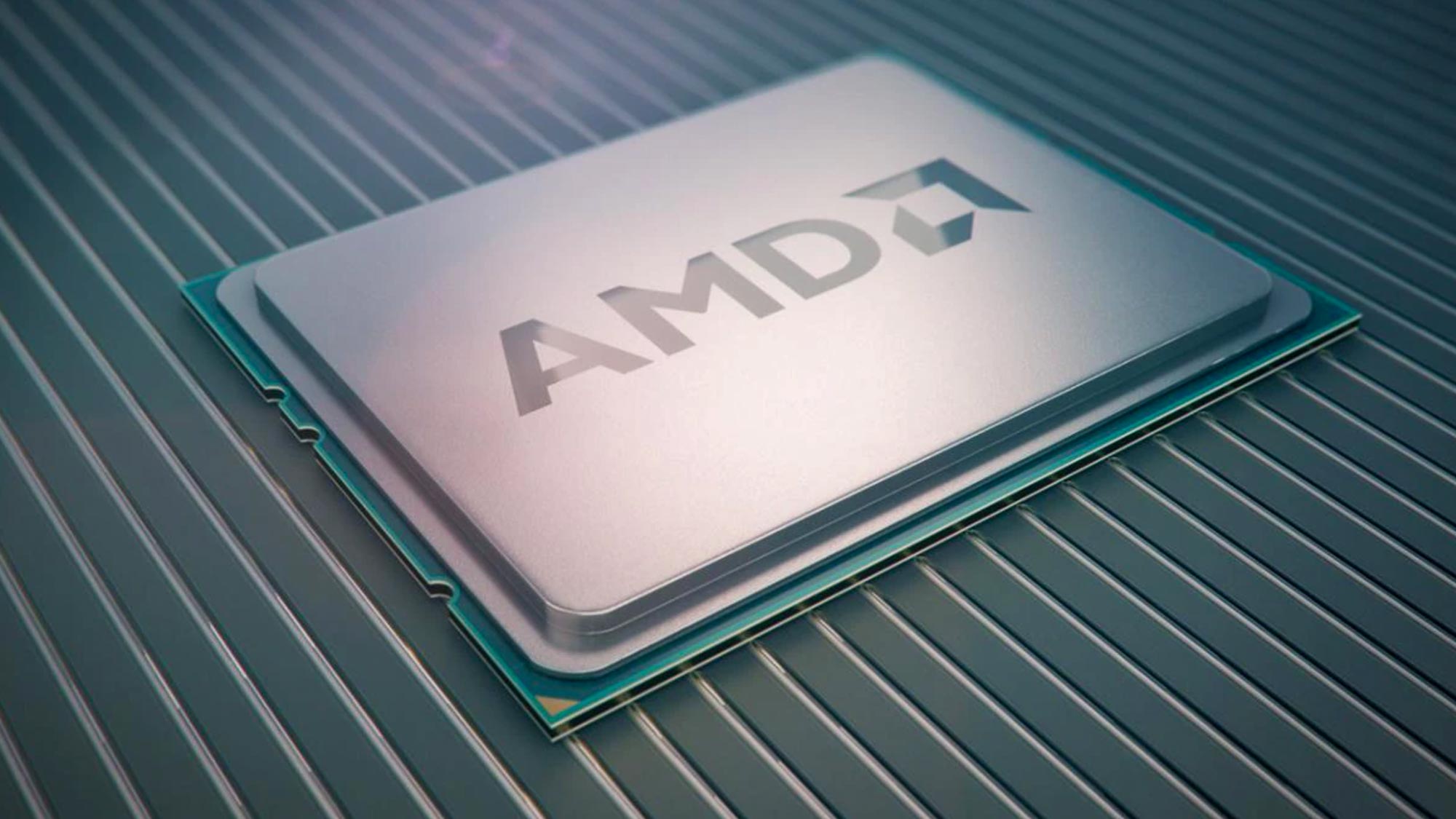

AMD’s comeback has been well documented, but this year the brand has been absolutely on fire.
Thanks to the continuing momentum of its Zen architecture-based Ryzen processors, AMD has arguably become the one to beat in CPU performance and its Radeon RX 6000-series is a solid contender for the crown in the graphics-card arena.
The past 12 months have been huge for AMD. It released the Zen 3-based Ryzen 5000-series processors for desktops and laptops, both of which can outperform their Intel counterparts. Plus, AMD powers the two most popular gaming consoles in the world in the PS5 and Xbox Series X.
Now PC makers are turning to AMD first for their designs. The Razer Blade 14 has opted for AMD over Intel CPUs, a first for Razer. Meanwhile, HP’s thinnest consumer laptop ever has been released as an AMD exclusive. These design wins did not come easy.
“The console wins of the PlayStation 5 and the Xbox Series X and Xbox Series S were born out of a very deep partnership and collaborative spirit. We put it all together into something that we don't think any other company in the world can do.”
— John Taylor, AMD CMO
“It's hard-earned and we're incredibly appreciative of partnerships like that,” said John Taylor, CMO for AMD. “With HP, Lenovo Acer, Asus, MSI, and others, we had to earn that with leadership CPU performance but also battery life. I think you're seeing the overall quality of the experience, the power efficiency of the experience and just the performance.”
On the graphics side, AMD released its RDNA 2 GPU architecture in the form of the Radeon RX 6000-series. While these graphics cards can’t quite beat Nvidia’s latest Geforce RTX 30-series cards, they still offer a lot of performance for the money.

Meanwhile, AMD chips that power the PS5 and Xbox Series X have helped make 4K gaming and ray tracing accessible for $500 or less — if you can find one of the consoles.
“The console wins of the PlayStation 5 and the Xbox Series X and Xbox Series S were born out of a very deep partnership and collaborative spirit,” said Taylor. “And we’re in a unique position to offer the IP, the Zen CPU cores and the new generation of graphics cores, and then do custom things with it. We put it all together into something that we don't think any other company in the world can do.”
Looking ahead, AMD is forging into mobile with a partnership with Samsung, which plans to bring RDNA 2 graphics to an Exynos mobile system-on-chip. This could be found inside the upcoming Samsung Galaxy S22 and perhaps even overtake the iPhone 13.
“By the fact that they're using our RDNA2 graphics, it will include things like variable-rate shading and ray-tracing technology as part of their future phones,” added Taylor. “Now, I can't comment on performance, but I can say we're pleased to be partnering with Samsung.”
So AMD is not only the worthy winner of the Tom’s Guide Award for the top brand of 2021, it’s also one of the companies to watch heading into 2022. Everyone from PC and console buyers — to phone shoppers — should be very excited for AMD’s next innovations.
Finalist: Apple
In a year in which companies struggled to get consumers excited about their products — with many lukewarm virtual launch events — Apple showed the rest of the industry how it’s done with introductions that were polished and generally exciting. More importantly, the products themselves impressed when we got them in our hands and tested them, from the Apple Watch 6 and iPhone 12 series to the M1-powered MacBook Air and MacBook Pro.
Apple also introduced Apple Fitness+ for helping to get us off the couch and the ultra-premium but well-received AirPods Max. While we expect to see even bigger things from Apple in the coming year, including a possible mixed-reality headset, the past 12 months have reinforced that Apple remains at the top of its game. — Mark Spoonauer
Best of the Best Product: PS5

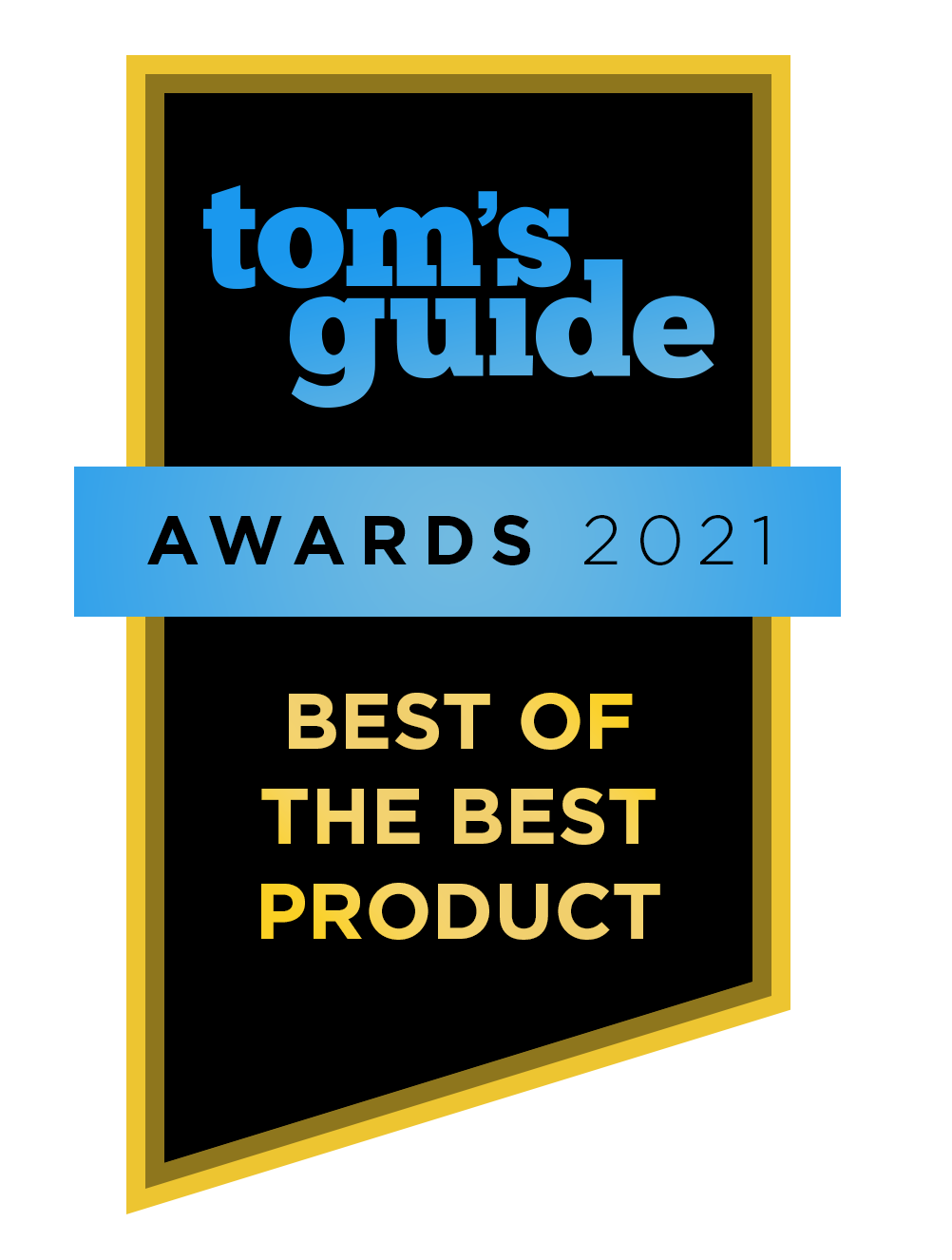
You don’t need us to tell you that Sony’s PS5 is the best of the best — just try and buy one from any major retailer before the next PS5 restock sells out.
Sure, there are a number of reasons Sony’s latest console is hard to find right now (the ongoing chip shortage is probably the biggest offender), but one of the biggest factors in the PS5 selling so well is a significant truth: People are eager to play new games that take advantage of the latest console features, and right now many of those features are available only on PlayStation 5.
That will likely change in time, as more games are released and Microsoft fills out its own stable of Xbox Series X|S exclusives. But Sony has done a better job of impressing us out of the gate with a powerful, feature-rich console that feels like a significant step forward from the previous generation, and then following it up with a steady trickle of games — including Astro’s Playroom, Marvel’s Spider-Man: Miles Morales, and Ratchet & Clank: Rift Apart — that take advantage of those features and show us why we spent so much money on new hardware.
Specifically, the PS5’s remarkably expressive DualSense controller feels like the next big thing in gamepad technology. Once you feel how nuanced the DualSense’s haptic feedback can be, and how much of a difference the controller’s adaptive triggers make, it’s hard to go back to the more staid controllers that ship with the Xbox Series X|S and Nintendo Switch.
If you’ve never felt a controller replicate the subtle grinding of sand crunching beneath your feet, or the shifting tension of pulling a rubber band tight before loosing it upon an unsuspecting foe, even the bundled Astro’s Playroom game will be a revelation.
Sure, we also love the fast loading times provided by the PS5’s SSD, and the way games shine when they’re built to support its ray-tracing capabilities. But those technologies are already incorporated into some competing consoles, as well as most gaming PCs, so you don’t need a new PlayStation to enjoy them.
What makes the PlayStation 5 stand out from the rest is its winning combination of power, speed and controller innovation, coupled with a strong lineup of first-party exclusives that do a bang-up job of showcasing the strengths of Sony’s latest console. — Alex Wawro
Finalist: iPhone 12 Pro Max
The iPhone 12 Pro max isn’t just the best iPhone, it’s the best phone of the year, period. This flagship beat all comers — including the Pixel 5 and Galaxy S21 Ultra — in our face-offs and photo shoot-outs to earn the top spot.
You get the best image and video quality we’ve ever seen in a phone, and a chip that blows away the Android competition in terms of sheer performance. Plus, Apple added Ceramic Shield to the vibrant OLED display, making this premium phone more durable and less prone to damage when dropped. The iPhone 13 has big shoes to fill. — Mark Spoonauer
Best Innovation: Xbox Game Pass

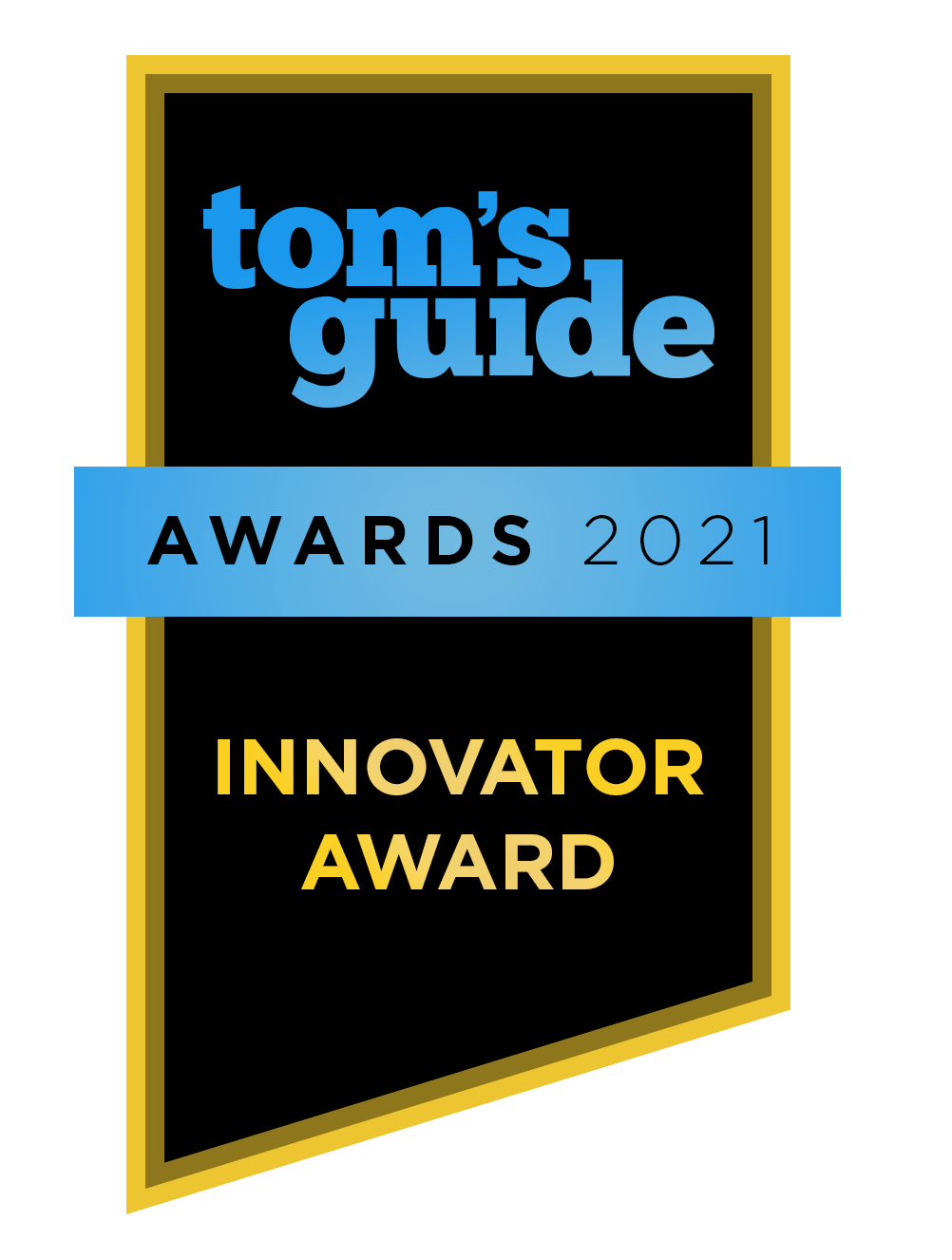
Xbox Game Pass has been around since 2017, but over the last year, the service has gone from “interesting” to “indispensable.”
Xbox Game Pass started life as a subscription service that let you download more than 100 games to your Xbox One in exchange for a monthly fee. That part of the service still exists, although the library has grown to include almost 400 titles. Naturally, you can now also download games to Xbox Series X and Xbox Series S as well, and they run just as well as any game you’d buy à la carte.
However, Xbox Game Pass is now more than just a way to play games; it’s an entry point into a whole ecosystem. If you have an Xbox Game Pass Ultimate subscription ($15 per month), you can download games for Xbox or PC, or stream them to Android, iOS and Windows 10 web browsers. Save data carries over between titles, and the same controller works with every platform.
Essentially, Xbox Game Pass turns every screen in your home (or on the go) into a platform for Xbox games, whether you’re lounging on the couch, taking a break from work at your computer, or tackling one last level on your smartphone before bed.
While the Xbox Cloud Gaming component of Game Pass is still in beta, the service already works beautifully, and we predict that Microsoft will work out the remaining kinks over the next year or two.
That means that console-quality gaming will not be confined to consoles much longer. Hit Microsoft series, such as Gears and Halo, already launch on Game Pass the day they debut. Third-party developers are starting to follow, with big companies like Square Enix releasing the well-received Outriders on Game Pass and every other platform simultaneously. At this year’s E3 showing, Microsoft committed to similar practices in the future.
Furthermore, Microsoft is working on its own Xbox-adjacent streaming devices, which means that prospective players will soon be able to get the full Xbox experience for a fraction of its traditional price. While cloud gaming and downloaded software may never achieve perfect parity, Microsoft seems to believe they can be close enough for everyday play. If this works, it could introduce a whole new audience to the wonderful world of gaming. — Marshall Honorof
Finalist: Samsung Solar Cell Remote
In many ways, Samsung's biggest innovation of the year is a small thing, based on simple ideas: Combine the common TV remote control with the longevity of a rechargeable battery and the simplicity of solar power to make a TV remote that goes years between battery changes.
The results are significant, even if the concept sounds like a no-brainer. Just by switching to long-lasting rechargeable batteries, Samsung will keep an estimated 99 million AAA batteries from being used and discarded.
A side benefit of the new design is improved convenience, with the solar cell capable of keeping the remote battery topped up from indoor ambient light alone. All you have to do to keep the remote powered up is to turn on the lights in your living room.
Keeping the world a little cleaner and making my TV watching a little easier? That's exactly what I want technological innovation to do. — Brian Westover

Tom's Guide upgrades your life by helping you decide what products to buy, finding the best deals and showing you how to get the most out of them and solving problems as they arise. Tom's Guide is here to help you accomplish your goals, find great products without the hassle, get the best deals, discover things others don’t want you to know and save time when problems arise. Visit the About Tom's Guide page for more information and to find out how we test products.
